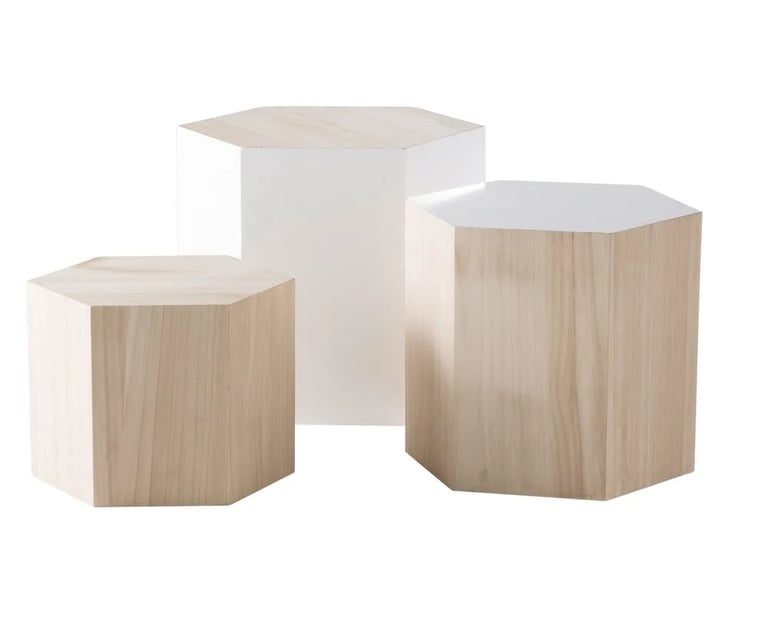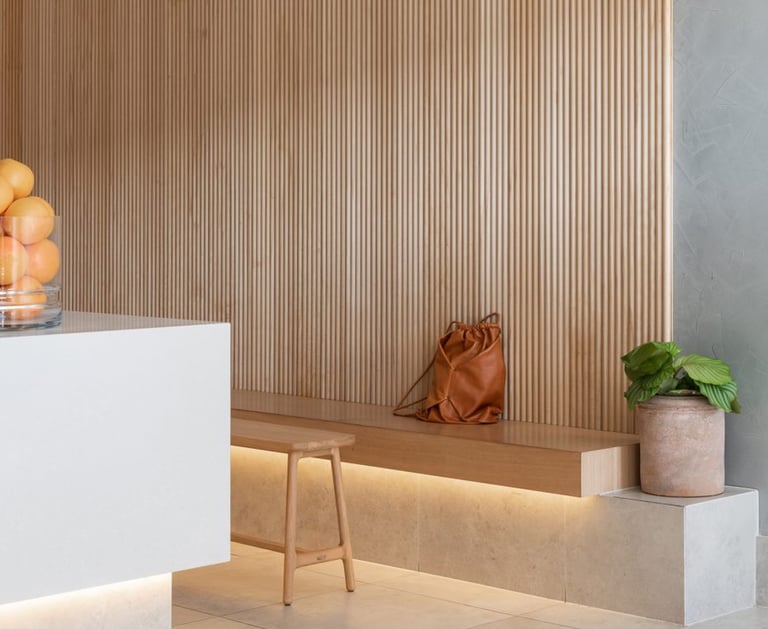
Paulownia wood: Inspiration, respiration
Almost unknown in Europe, paulownia wood has been used for at least 1,000 years in Southeast Asia, particularly in Japan. Considered a valuable wood, it is appreciated for its lightness, rigidity and natural resistance to humidity and insects.
It can be easily worked, enabling craftsmen to create detailed, high-quality pieces.
Beyond its practical uses, paulownia also has strong symbolic connotations. It is closely associated with the imperial emblem of Japan. The emblem of the Japanese government, called the “Paulownia Seal” or “Kiri-no-mon”, features three paulownia flowers and three leaves, representing dignity and fortune.
It is also the national flower of Korea, where it is known as the “princess tree” or “phoenix tree”.
Some Japanese legends refer to the fact that the phoenix only perches on the paulownia tree... The reference to fire is interesting here, and probably refers to the ability of paulownia wood to resist - up to a point - flames.
The ideal balance between weight and strength
Often considered the aluminum of woods, Paulownia is a surprisingly light wood. It is very light yet rigid and extremely stable. It's ideal for bookcases, shelves, floating shelves or any piece of furniture that needs to be moved regularly. Its structural strength means it can be used for modular constructions, tiny houses or any application where the weight/strength ratio is important.


A wood that's easy and pleasant to work with
Paulownia wood has been prized by Japanese woodworkers for centuries; the wood is planed and sawn by hand, in particular to make traditional Tansu chests of drawers.
Paulownia wood does not split when nailed or screwed, nor does it warp, particularly in the presence of moisture; it accepts oil, lacquer or varnish finishes perfectly.


The best value for money on the market
The paulownia's speed of growth gives it an advantage in terms of environmental services (speed of C02 sequestration) but also limits the production costs of its wood. This enables us to offer a material with real aesthetic qualities at a competitive price.


Each cubic metre of paulownia wood contains the equivalent of around 500Kg of CO2; our 6-hectare plantation in south-west France will renew this cubic metre every 6 days or so, removing an additional 500Kg eq C02 from the atmosphere. Buying wood from renewed forests means taking action to protect the climate. Ikiwood undertakes to systematically replant - at the very least - a volume equivalent to the volume of wood sold. Under no circumstances do we wish to replace endemic forests and the biodiversity they shelter; we plant our paulownias exclusively on agricultural wasteland, polluted land or on low-density agricultural plots in association with food crops (agroforestry) or to create hedgerows.


Predict the future by creating it
Contacts
Keep up to date with our developments and new products
Follow us on
